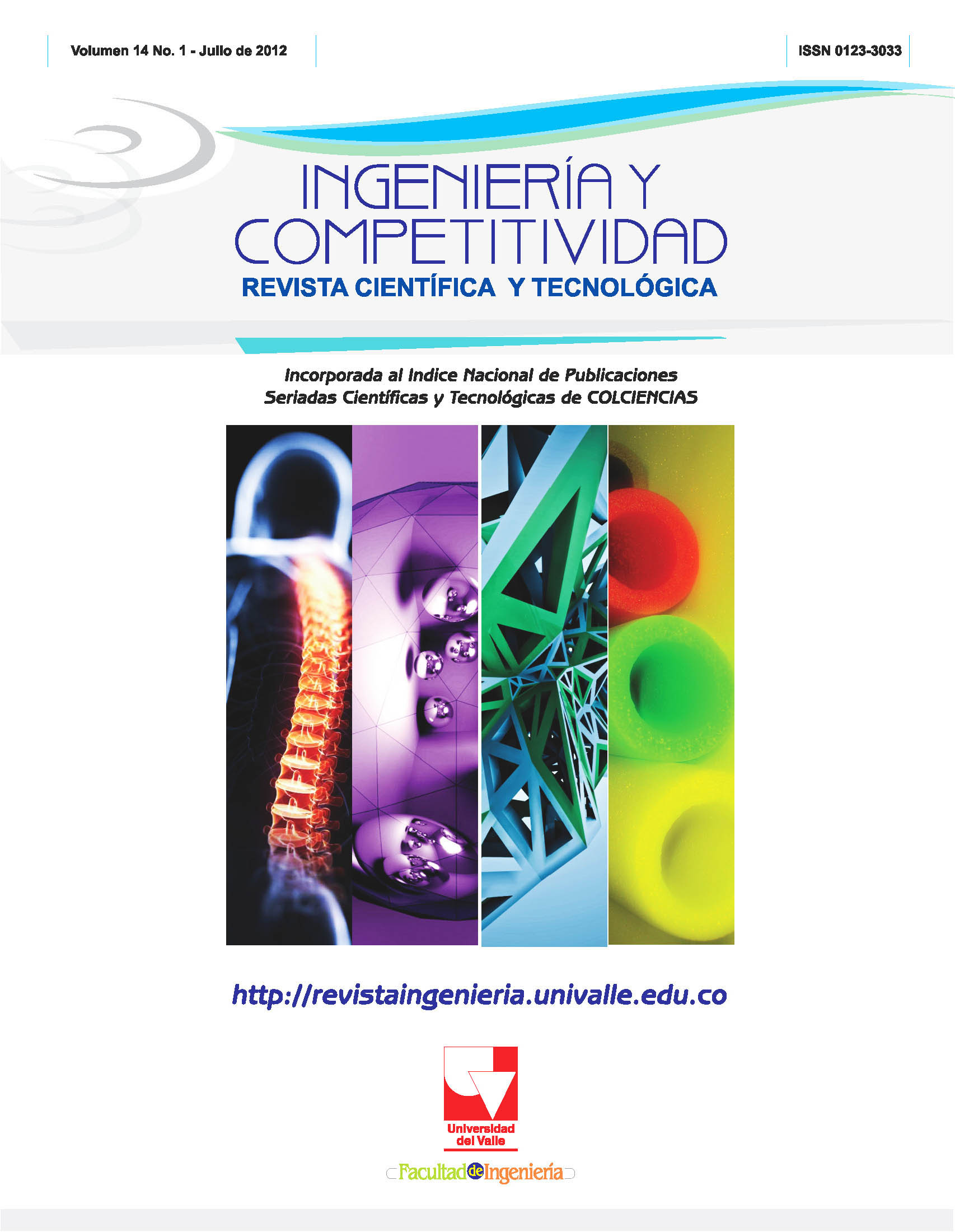Influencia del origen y la mineralogía de las arenas en la resistencia a licuación
Contenido principal del artículo
Los métodos disponibles en la literatura para evaluar la resistencia a licuación de arenas se basan principalmente eninvestigaciones sobre arenas de origen terrígeno con mineralogía de sílice o cuarzo. Esto es debido en parte a que las arenasterrígenas son las más abundantes. Sin embargo existen otros tipos de arenas en términos de origen, mineralogía y forma de susgranos, cuya susceptibilidad a licuación no ha sido estudiada en mayor detalle. Este artículo busca contribuir a llenar este vacío, alpresentar resultados de un programa experimental detallado para determinar la resistencia a licuación de arenas calcáreas nocementadas. El estudio involucró caracterización mineralógica, determinación de propiedades índice principales, línea de estadocrítico y ensayos triaxiales cíclicos no drenados con consolidación isotrópica, sobre una arena calcárea no cementada. Con fines decomparación, se realizaron pruebas similares sobre la arena de sílice estándar de Ottawa. Los resultados mostraron que las arenascalcáreas tuvieron mayor resistencia a licuación que las arenas de sílice, cuando fueron probadas bajo condiciones similares.También se encontraron diferencias importantes en la generación de presiones de poros y en la acumulación de deformacionesaxiales durante la fase de carga cíclica en los ensayos triaxiales.
- Arenas calcáreas
- arenas terrígenas
- arena no cementada
- organismos biogénicos
- resistencia a licuación
- presiones de poros
- deformación axial.
1.
Sandoval EA, Pando MA. Influencia del origen y la mineralogía de las arenas en la resistencia a licuación. inycomp [Internet]. 15 de enero de 2012 [citado 15 de diciembre de 2025];14(1):153-6. Disponible en: https://revistaingenieria.univalle.edu.co/index.php/ingenieria_y_competitividad/article/view/2645
Descargas
Los datos de descargas todavía no están disponibles.
Los autores que publican en esta revista están de acuerdo con los siguientes términos:
Los autores ceden los derechos patrimoniales a la revista y a la Universidad del Valle sobre los manuscritos aceptados, pero podrán hacer los reusos que consideren pertinentes por motivos profesionales, educativos, académicos o científicos, de acuerdo con los términos de la licencia que otorga la revista a todos sus artículos.
Los artículos serán publicados bajo la licencia Creative Commons 4.0 BY-NC-SA (de atribución, no comercial, sin obras derivadas).





